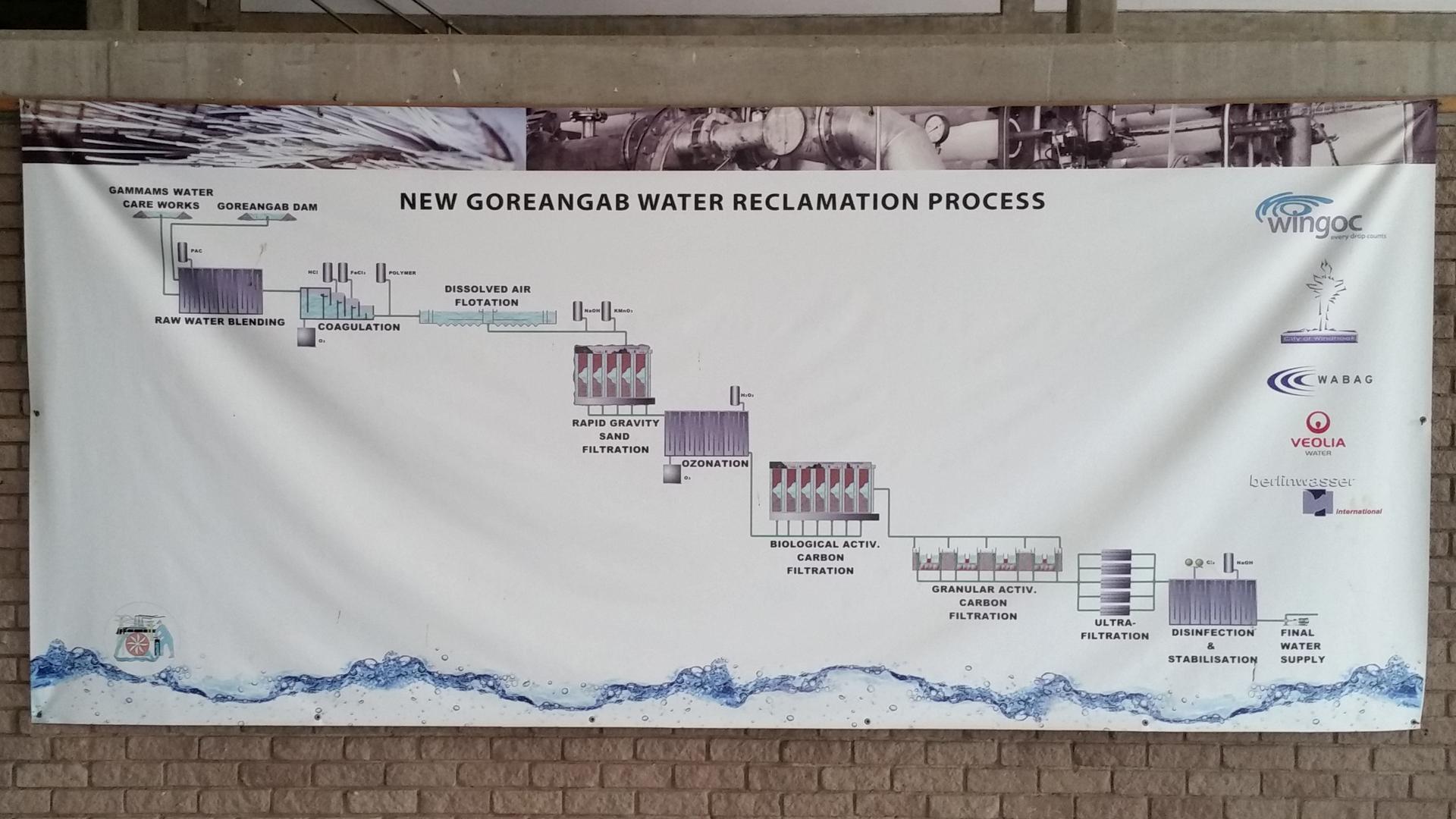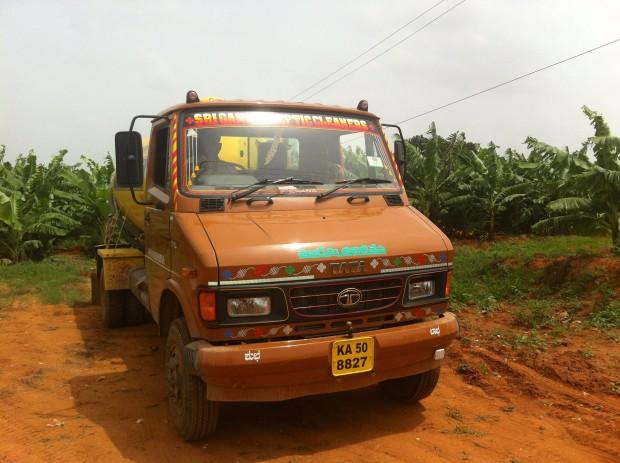Sewage
Recycling sewage into drinking water is no big deal. They’ve been doing it in Namibia for 50 years.
Water-starved cities around the world are starting to turn to a once-unpalatable solution: recycling their sewage. And they have a surprising pioneer to thank for developing the technology — the southern African desert country of Namibia.
Is the Tijuana River Half Full, or Half Empty?
San Diego County, California has experienced beach closings due to raw sewage outflow from Mexico. Reporter Bebe Crouse visits a prototype sewage plant which treats sewage as a resource rather than a problem. It’s being offered as an alternative to a massive treatment plant, towards which the US Government is contributing half a billion dollars.
Sludge-Eating Fish
Eric Westervelt of New Hampshire Public Radio profiles Terry Welch, a man with a dirty job and a unique idea. Welch uses bottom-feeding fish to break down huge quantities of sludge at his sewage treatment plant. Other sewage managers scoff, but federal sewage experts are taking interest in the process.
Still a Few Bugs in the System
Living on Earth’s George Homsy reports from Boston on the problems of Combined Sewer Overflows, which plague 1200 communities around the country. Remnants of the days before sewage treatment plants, CSOs allow sewers to overflow into local waterways during heavy rainstorms. Municipalities are appealing to Washington for help in meeting the estimated $200 billion cost […]

.jpg&w=1920&q=75)
